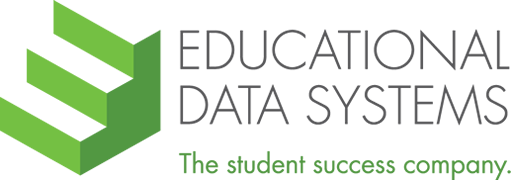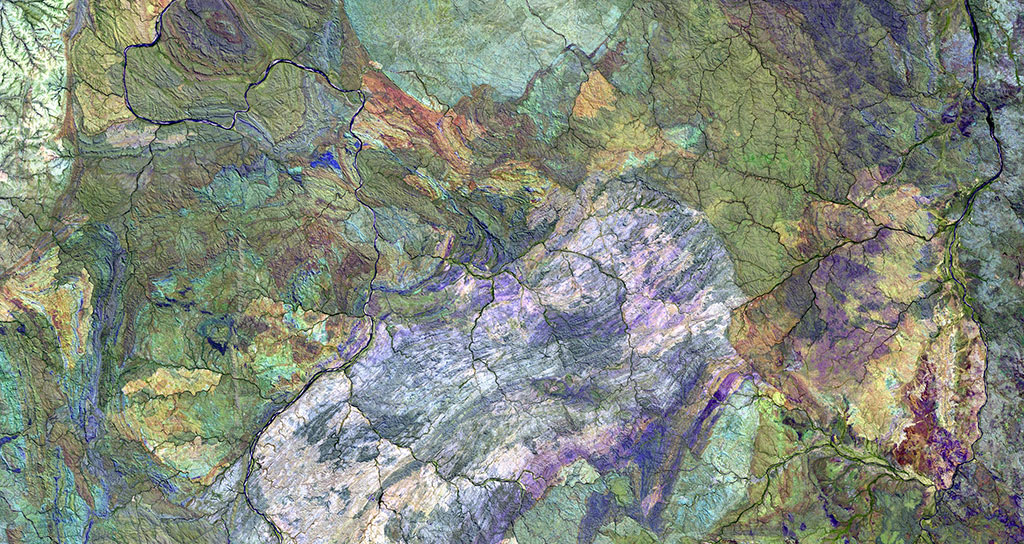“Geospatial information has been proven effective in supporting both the understanding of and response to disasters….However, the ability to effectively share, use, and re-use geospatial information and applications…is dependent upon having the required partnerships, policies, standards, architecture, and technologies already in-place when disaster strikes1.”
The COVID-19 pandemic shutdown of schools has been described widely as “unprecedented,” but district administrators routinely face challenges that are perhaps more aptly described as “everyday” disasters, or operational crises that need an immediate response.
Eric Wells, Chief Information Officer at Muskogee Public Schools in Oklahoma is part of a school district administrative team that faced several crises this past school year, not all of them COVID-19 related. District Administration recently published an article by Eric, How GIS guided one district’s crisis response.
The article highlights benefits of having a GIS application in place to meet operational challenges. The administrative team was able to use ONPASS® Pro, a specialized GIS application that contains detailed district, school site, and student location data, to overcome several types of operational challenges.
Prior to the COVID-19 shutdown of schools, a sewer line break at one of their school sites caused an immediate need to reassign 300 students to a different school with as little educational time lost as possible. In one afternoon, the team was able to reassign students to the closest school that had capacity and met students’ educational programming needs.
ONPASS Pro also proved useful in responding to the COVID-19 crisis. The district needed to be sure all children qualifying for free breakfasts and lunches were receiving food while schools were shut down. Many students ride the bus to school so just having food available at school sites that are miles away from their homes was not enough. Using existing bus stops and other neighborhood spots as drop-off locations, the school district used ONPASS Pro to determine where to take food to families, allowing them to be served within walking distance of their homes.
Reliable internet connections also became critical for student success during the COVID-19 shutdown and the transition to remote learning. Because the district already had geocoded student-level data in ONPASS Pro, the administrators could provide student location information to its T-Mobil telecommunications vendor. The carrier was able to increase cell tower capacity and speed to ensure that every student throughout the district had equitable access to technology.
For more details, read the full District Administration article, and watch this video to see how Eric Wells has been successful using ONPASS Pro to plan for other types of potential disasters.
Footnotes
1) https://www.ogc.org/projects/initiatives/disasterscds
Photo by USGS on Unsplash.

